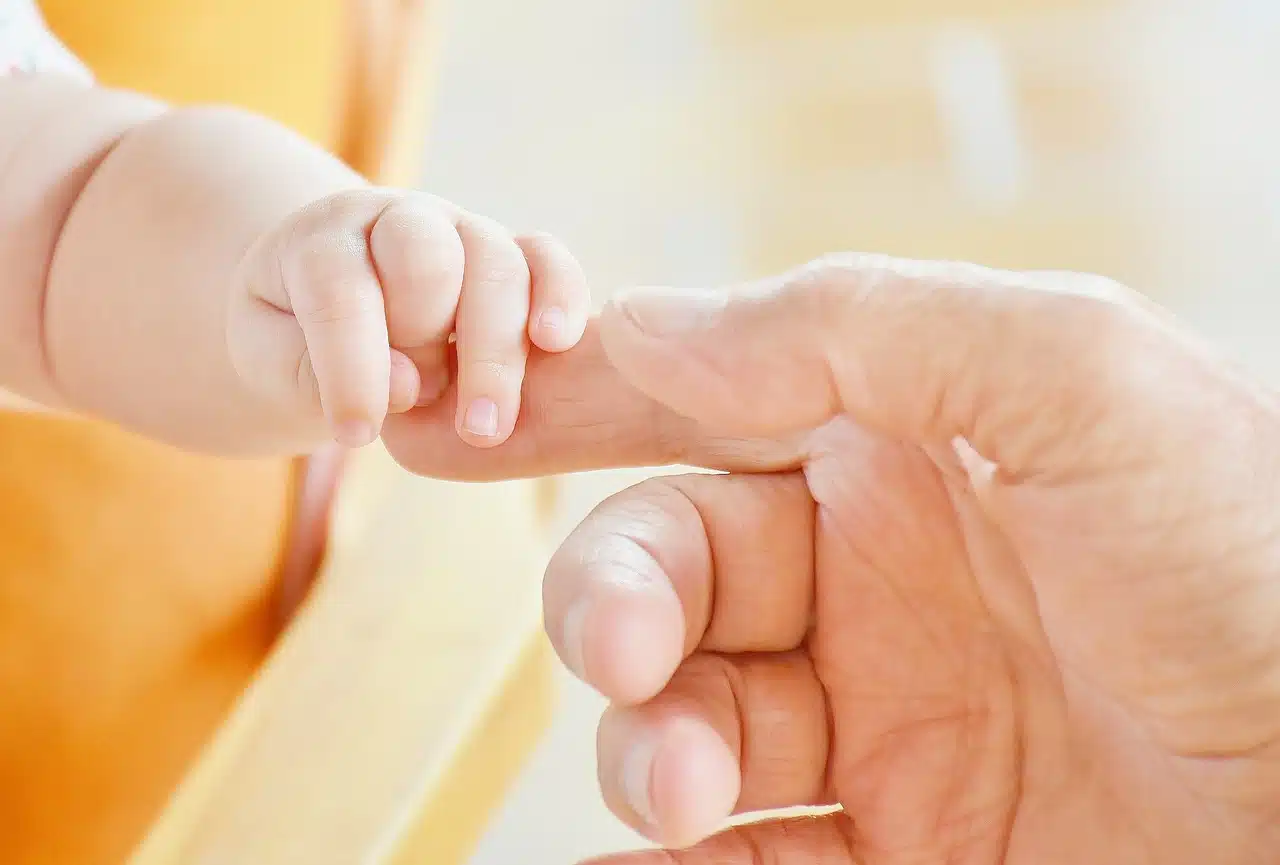
Touch is a sense that lies in the skin.
Touch is one of the five basic senses of human beings (along with taste , smell , vision and hearing ), thanks to which we can perceive sensations of contact, temperature and pressure.
Touch, a term that comes from the Latin tactus , lies mainly in the skin , the largest organ in the human body and the one that has numerous nervous receptors to transform external stimuli into information that can be analyzed and interpreted by the brain .
Nerve receptors involved in touch
There are various types of nervous receptors that are involved in touch. Merkel's discs are pressure-sensitive cells and are located mainly in the palms of the hands and the soles of the feet.
Pacinian corpuscles appear at the deep level of the hypodermis, while Ruffini corpuscles are distributed in the dermis. Krause corpuscles are found throughout the body , including the nose and genitals.
Touch is also the action of touching or palpating , and the way of analyzing an object based on the tactile sense . For example: "I liked this fabric because it is very soft to the touch" , "The sensitivity to touch is different in each region of our body, since it depends directly on the number of receptors present in the skin" , "I need to buy a covering for this table because it is rough to the touch and makes me uncomfortable .

The braille system allows writing and reading by touch.
The braille system
Braille (also known as cecography ) is a system that allows blind people to read and write through touch . Its creator was Louis Braille (born 1809 ), who lost his sight as a child in an accident, and was based on a tactile system used by the military to send orders that were difficult for enemies to decipher.
His first version used eight points for each character, but after years of testing, he reduced the number to six, and that is how it is known today. Braille is a useful tool for traditional reading and writing, and also for interacting with computers.
It is worth mentioning that Braille is a representation of the alphabet , and not a different language: through its use it is possible to represent letters, numbers, punctuation marks and symbols typical of science and music. Generally, a text printed with this system consists of cells with six points, three high by two wide, some of which are raised , numbered from top to bottom and from left to right.
The tact in the treatment
The notion of tact is also used in a symbolic sense to refer to the prudence needed to deal with ("touch") a delicate matter : "My boss has no tact: yesterday he fired an employee over the phone and shouting." In this sense, tact can be synonymous with consideration , discretion and diplomacy.
When starting a conversation with someone who is in the process of recovering from a traumatic situation, such as an accident in which they lost a loved one, or some type of attack on them, touch prevents making reference to said situations. situations, either directly or indirectly, unless the interlocutor expresses his or her agreement in this regard.
The same occurs in apparently less delicate situations, such as conversations that make fun of a physical defect that one of the participants has, ignoring the effect that this may have on them. Tact is not an immutable personality trait , but is developed consciously, as well as respect for the environment and other people; We must work from our mistakes, seeking to be more compassionate, observing our surroundings more carefully before making a derogatory comment, always having the ultimate goal of avoiding the negative feelings that cause them.
